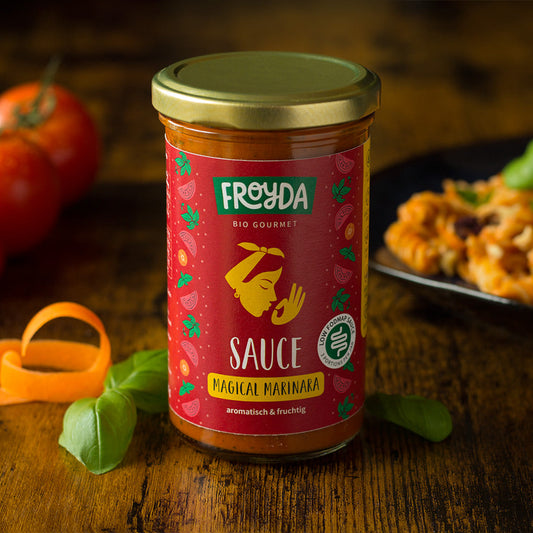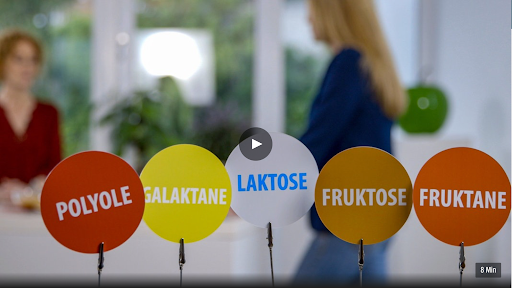My husband who can eat anything loves it just as much as myself...
We actually combined it with real chicken (sorry, we're flexitarians; small pieces & strictly organic though :-), green beans & basmati rice: quick & easy & absolutely delicious!
Leicht bekömmliche Gerichte und vor allem, nicht überwürzt, zu fett und versalzen mit einer großen Auswahl an Saucen und Curries.
I liked almost all of the soups, especially the carrot soup, and I liked the green soup the least. They are very easy on the stomach and at the same time not boring (like the typical food that doctors recommend for "gastritis").
Dear Andrey,
Thank you for taking the time to give us your feedback. We are very happy to hear that you enjoyed our soups and that you found them to be easy on your stomach. 😊 That's exactly what we aim for. Warm regards, your Froyda team






























